What Can I Take for Carry on Luggage
I'm a big advocate of traveling with only carry-on luggage. It means you have less stuff to lug around, you avoid having to pay baggage fees, and the airline can't lose your luggage if it's not checked. But you should know what not to pack in your carry-on bag. If you were thinking of bringing any of these, you'll either need to leave it at home, find an alternative, or deal with checking luggage.
Note: This post is written referencing TSA rules for travel from airports in the USA. Some countries may have different rules, so if you're flying from an airport in another country, please look up the rules for the authority in that country.
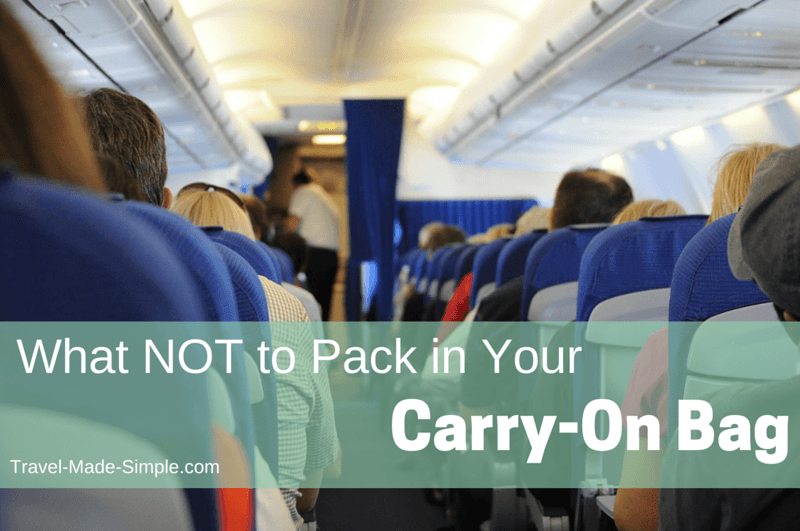
Liquids over 3.4 ounces or 100ml
The liquids restriction is pretty universal nowadays, though enforcement may vary. In case you need a refresher, this is the TSA liquids rule:
All liquids must be in containers that are no bigger than 3.4 ounces or 100ml, and all containers must fit in a clear, one quart sized zip top plastic bag. You are not allowed to use a bigger bag for your liquids. Containers that are bigger than 3.4 ounces (100ml) are not allowed even if they aren't full.
***2020 Update***
TSA is currently allowing containers of hand sanitizer that are up to 12 ounces. One bottle is allowed per passenger and will most likely be screened separately.
Please note that some posts contain links that earn me a small commission at no extra cost to you.
You can still travel carry-on only with liquids. A one ounce (30ml) bottle of shampoo just lasted me 17 showers. Test your toiletries out ahead of time to see how much you really need.
Buy travel sized containers and fill them with shampoo, shower gel, and any other products you want to bring on your trip. Buy things like toothpaste in travel sizes.
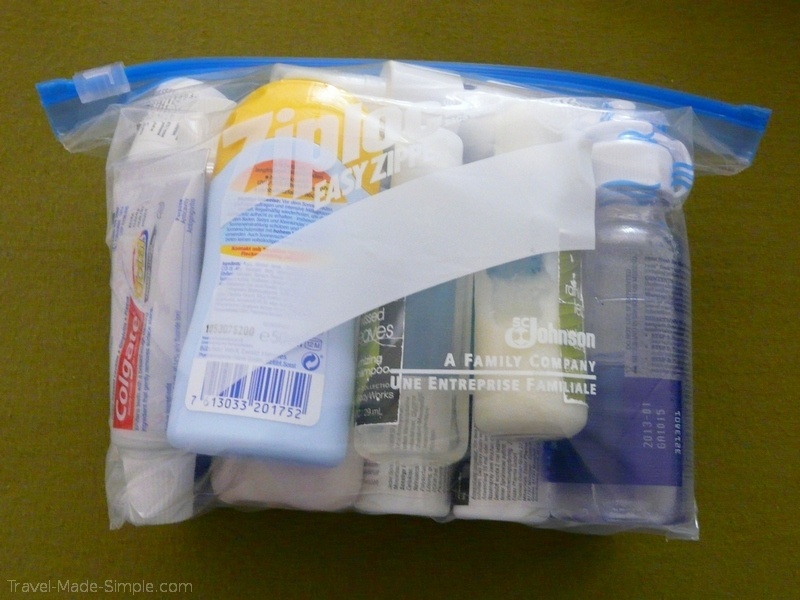
There are special rules for medications, but these vary by country. Check with the country you will be flying out of for their rules, but in most cases you will need to let the screening agents know that you have liquid medication in addition to one quart bag you are allowed.
Take note of these items passengers often forget about which are considered liquids: peanut butter, mascara, snow globes, aerosols.
>>Check it out: Can you bring makeup on a plane and can you bring a hair straightener on a plane, as well as a hair dryer and curling iron
What toiletries can you take on a plane?
You can take toiletries or other liquids that are in containers no larger than 3.4 ounces (100ml), and they must all fit in a one quart (one liter) clear zip top bag. This includes liquids, gels, and aerosols. If you must pack more toiletries than these allowances, you will have to pack them in checked luggage.
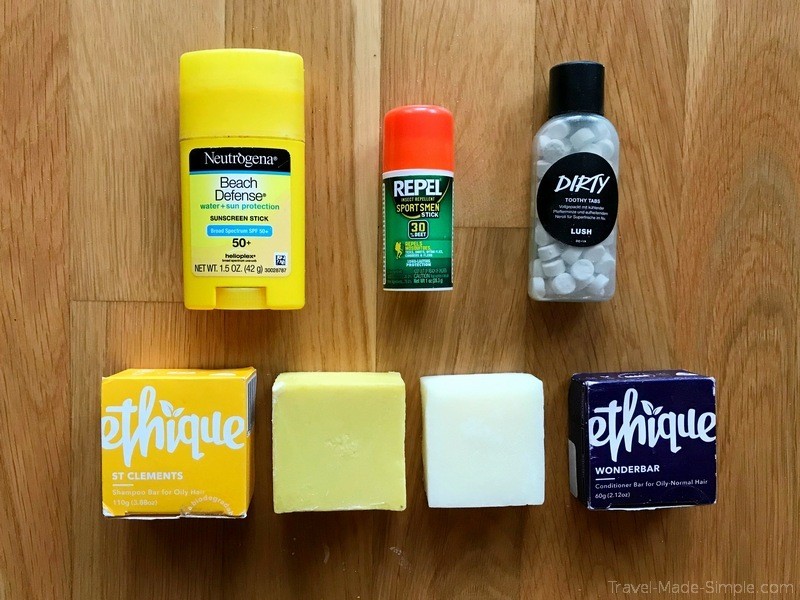
What's the deal with the TSA powder rule?
As if the liquids rule wasn't enough of a hassle, now we have to wrap our heads around this new TSA powder rule. The first thing to know is that powdered substances are still allowed in both carry on baggage and checked baggage.
The TSA powder rule states: "Powder-like substances greater than 12 oz. / 350 mL must be placed in a separate bin for X-ray screening. They may require additional screening and containers may need to be opened."
If you have powders in quantities larger than 12 ounces (350 ml) you are encouraged to pack them in your checked luggage. TSA isn't requiring you to pack them in you checked bag, only encouraging it. So that's your call.
I once flew with store bought salt and pepper shakers, clearly smaller than 12 ounces, and the security screener still pulled my bag aside. He took out the salt and pepper shakers, and tested the salt and pepper for whatever it is they look for with those tests.
It was all fine, and I was allowed to take my salt and pepper with me. But it's worth knowing they could inspect your powders more closely even if they're smaller than 12 ounces.
Also, I've seen quite a few airline websites that state that powders larger than 12 ounces (350 ml) are NOT permitted in carry on bags. This contradicts what is stated on the TSA website.
I tend to go by TSA rules since they are the security authority and they are the ones inspecting my bags, and there really isn't a point at which the airline would even know if I had large amounts of powder. But this is a judgement call you'll have to make.
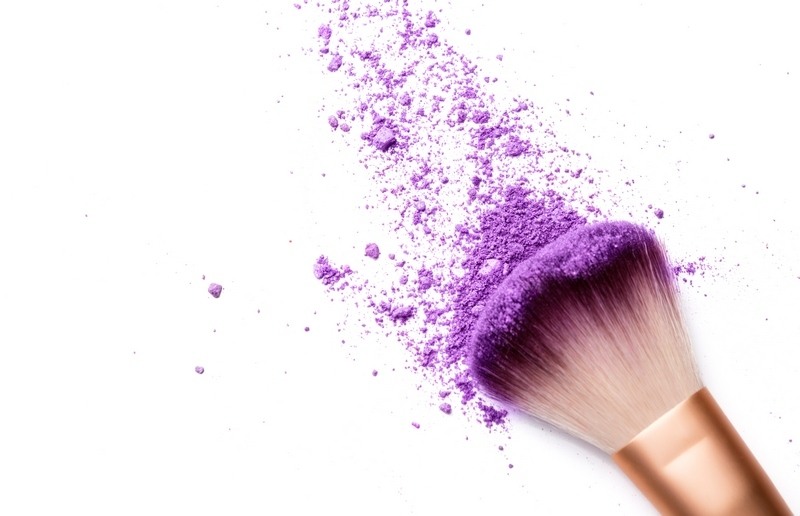
Sharp objects
This one should be self-explanatory, but sharp objects are prohibited in carry-on luggage because they could be used as a weapon. If you simply must bring a knife, box cutter or sword on your trip, it must be packed in your checked luggage.
Scissors that are less than 4 inches long, like nail scissors, are generally allowed by TSA, but since the final decision rests with the agent, just be aware that they could confiscate it.
Rules in other countries can be different from those in the US, so check it out before you fly from somewhere else. For example, many countries state that scissors are only permitted if they are shorter than 6 centimeters from the pivot point. That's only 2.36 inches, shorter than what TSA allows in the US.
Knives of any kind are not allowed, although TSA does say that plastic or round-bladed butter knives are permitted in carry-on baggage. But metal knives, pocket knives, and Swiss army knives are not allowed.
If you want to bring one of these, pack it safely in your checked baggage in a way that it can't accidentally cut through your bag and injure a baggage handler or baggage screener.
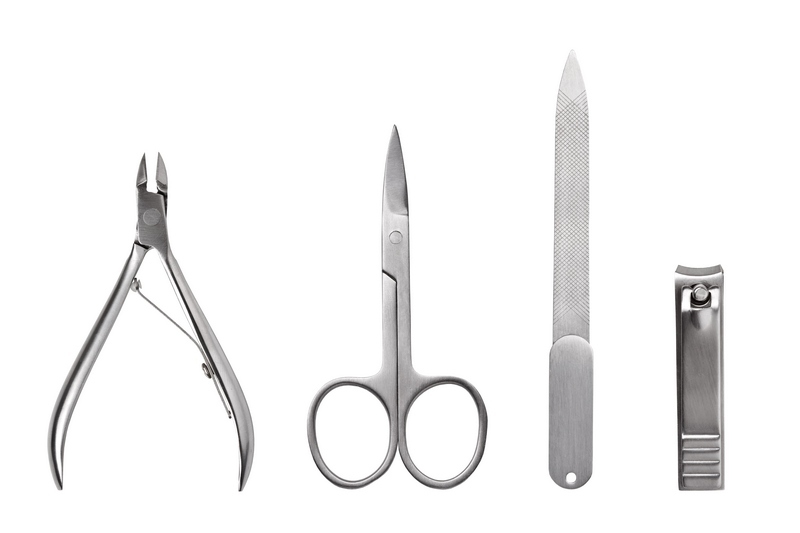
Can you bring glass on a plane?
I get a lot of questions about bringing glass on a plane in carry on luggage, and I can see the concern. Glass can be rather sharp and potentially dangerous when it's broken. However, according to the TSA website, you can take glass on a plane in hand luggage.
They specifically mention that glass picture frames and glass vases are permitted in both carry on and checked baggage. So as long as the glass item fits in your bag, and your bag fits within the size and weight restrictions for your airline, you're good to go.
Always wrap glass and other fragile items to prevent them from breaking during the journey. Whenever possible, pack glass items in your carry on bag since checked baggage can get banged around quite a lot.
Can you take knitting needles on a plane?
For those of you who like to knit, especially as a way to pass the time, the answer is yes, you can bring knitting needles on a plane in your carry on bag. TSA also allows crochet hooks in your hand baggage.
I've read that plastic or wooden knitting needles are preferred over metal ones, and circular knitting needles are preferred over straight ones, however the TSA website doesn't mention this. As always, the TSA agent on duty has the final say, and other countries may have different rules.
Can you bring a razor on a plane?
Taking razors on an airplane can be a little confusing. Straight razors and blades for safety razors are not allowed in your carry-on luggage.
However, you can take a razor through security if it's a disposable razor. That means the actual blade is attached to a handle, like the kind most of us use to shave. Electric razors are also allowed in your carry-on.
Read more about taking a razor on a plane.
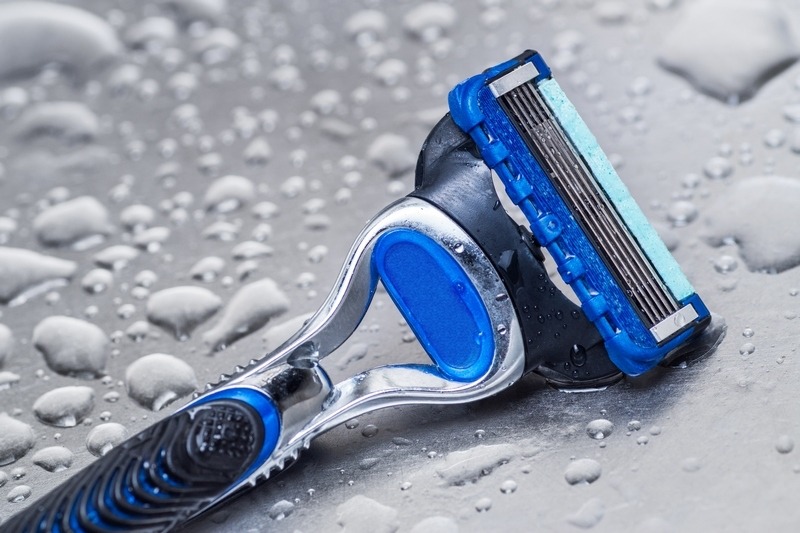
Sporting equipment
Baseball bats, ski poles, pool cues, bows and arrows, hockey sticks, golf clubs, and pretty much any other sporting equipment containing the words stick, pole, bat or club cannot be brought on the plane as carry-on. That's because they could be used as a weapon. If playing sports will be part of your travels, consider renting equipment at your destination.
If you're quite attached to using your own sports equipment, you'll probably need to check it.
Roller skates and roller blades are allowed in carry on baggage. Oddly enough, the TSA website states that it's ok to bring ice skates in your carry-on. I'm not sure I want to test this one though.
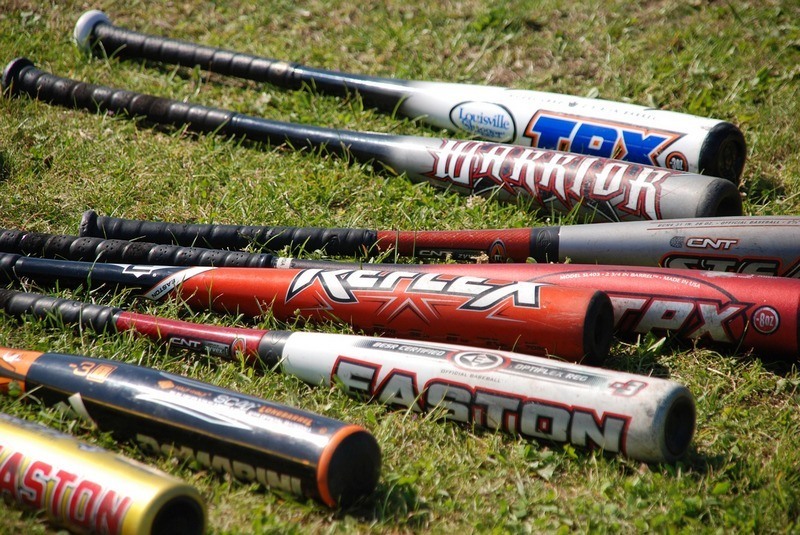
Guns
Obviously a gun is a weapon, and they don't want you bringing it on an airplane in your carry-on bag. Most guns are permitted in checked luggage as long as they are empty, and they must be in a locked, hard-sided container.
Check with your airline about other restrictions and/or fees they might have. Some items, such as flares and gun powder, are not even permitted in checked luggage.
Before you travel, research the gun laws in the state or country you're going to. Different states throughout the US have different laws, and many other countries heavily restrict or prohibit personal gun use and ownership.
Self-defense items
Self-defense items, like pepper spray or mace, are not allowed in carry-on luggage. These could be considered a weapon by TSA, so leave them at home.
If you really want to bring it along for your trip, the TSA website says you are allowed to have one 4 ounce container of mace or pepper spray in your checked luggage "provided it is equipped with a safety mechanism to prevent accidental discharge."
But always check with your airline since they might have stricter regulations on this.
Tools
Most, but not all, tools are prohibited in carry-on luggage. If you're planning on bringing your tools with you, you will most likely need to put them in checked luggage. You might not think of a hammer or drill bits as weapons, but TSA's opinion differs.
Flammable items…but what about lighters and matches?

I think we can all agree that starting a fire on the airplane is not a good idea. Please leave all flammable chemicals and items at home. If you feel you must have fireworks, bleach or paint thinner on your vacation, buy them when you arrive.
These and other flammable and explosive items are prohibited in both carry-on and checked luggage. Camping gear used for fires and cooking, such as a camping stove, is considered flammable as well.
TSA does say camp stoves "are allowed in carry-on or checked bags only if they are empty of all fuel and cleaned so that no fuel vapors or residue remain." Remember that their standards for "cleaned" might be stricter than yours.
Check with TSA and the airline for rules and restrictions. If possible, get the equipment you need once you arrive to avoid the hassle. TSA does allow one book of safety matches in your carry-on, but matches are not allowed in your checked luggage.
Are lighters or matches allowed on airplanes?
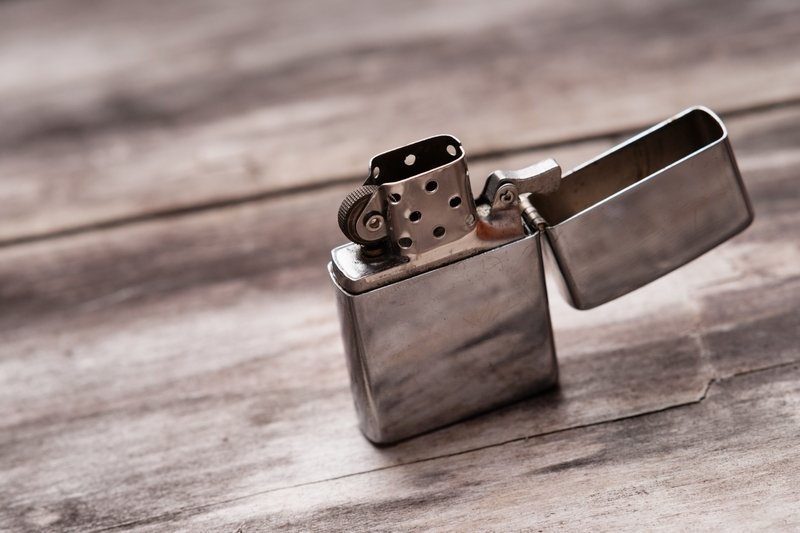
You can bring a lighter on a plane in your carry-on, though usually only one is allowed. Lighters can only be checked if they have no fuel in them. Read more about taking matches and lighters on a plane including certain types of lighters that are not permitted.
Can you bring e-cigarettes or vaping devices on a plane?
Yes, you can take e-cigarettes or a vape on a plane. In fact, TSA requires you to pack your e-cigarette/vaping device in carry-on, not checked luggage. The liquid you need for it must also fit within the liquid allowances. Read more about bringing a vape on a plane.
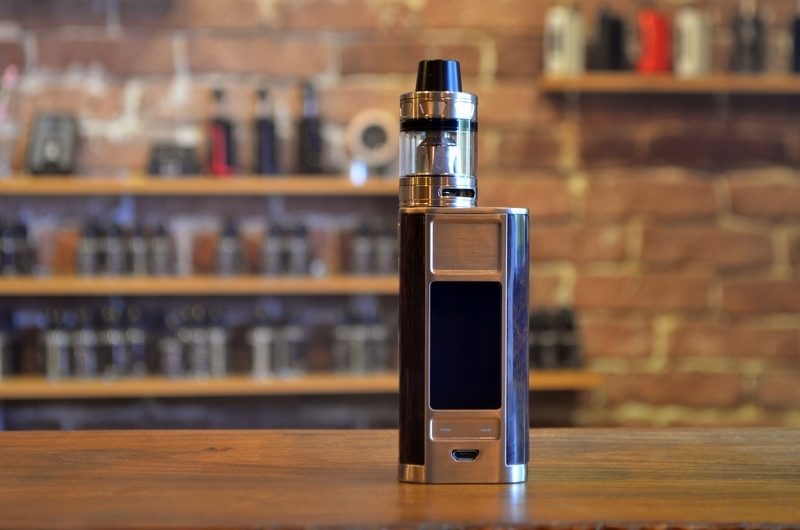
Meat, fruit, vegetables, and other agricultural products
When traveling internationally, most countries prohibit you from bringing in meats, fruit, vegetables, plants, and other agricultural products. If you want to bring an apple as a snack, just make sure you eat it on the plane. Otherwise it will be confiscated on arrival, and you could find yourself facing an angry border agent.
Certain countries, like Australia and New Zealand, are even more strict and won't allow things like wooden souvenirs you may have picked up somewhere else.
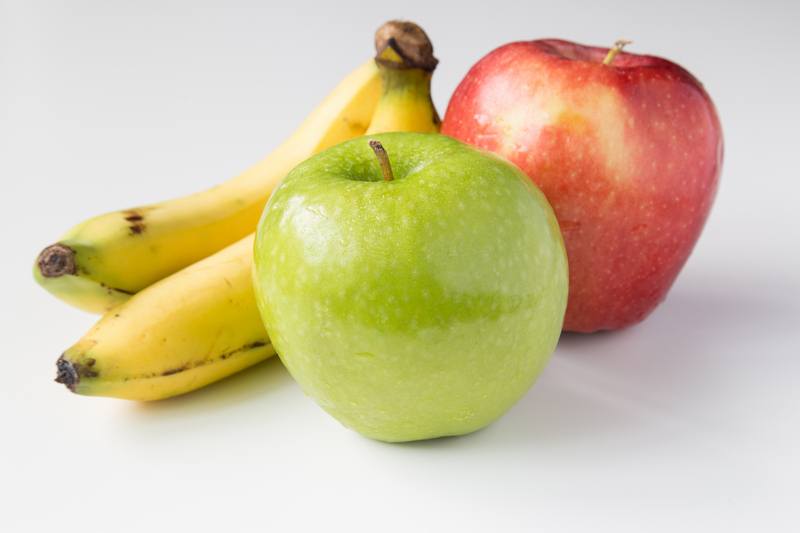
And now for some items that are allowed but not recommended for packing in your carry-on:
Stinky food
I know airline food is notoriously bad, or often not even offered, so it makes sense to bring your own occasionally. But please be respectful of your neighbors and leave the fish and other stinky food at home.
But in general, can you bring food on a plane? Yes, normally it is allowed, but some airlines might be more strict than others. Also remember that any food that can be considered a liquid is not allowed if it is more than 3.4 ounces (100ml). So leave your peanut butter at home, it counts as a liquid.
Nail polish
Ok, bring the nail polish (in your liquids bag) if you want, it is allowed. But please don't paint your nails in flight. This falls under the disrespectful smell category.
>>Learn more about traveling with makeup in your carry on.
Perfume
We're all glad you care about how you smell, but perfume can be unpleasant and bothersome to many people. Some are even allergic. Wait until you reach your destination to spray on the perfume, that way your seatmates can breathe easy during the flight.
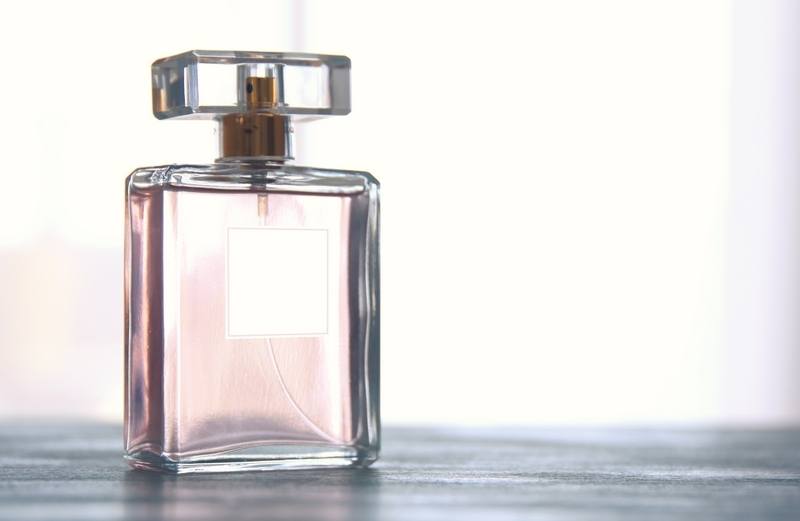
Adult viewing and reading materials
Your neighbor does not want to look over and see you reading an adult magazine or watching adult movies on your laptop. Save it for the privacy of your own home.
Guidebooks
Guidebooks can be really helpful, but chances are you don't need to bring that heavy book with you on the trip. Either rip out the pages you think you'll need, photocopy them, or take pictures with your phone of the pages you need. Better yet, buy digital copies for your Kindle or other e-reader.
Airplanes can carry a lot of scary germs! Learn about bringing disinfectant wipes, other types of wet wipes, and hand sanitizer on a plane, plus tips on how to disinfect your seat.
Thinking of traveling with your favorite hair styling tools? Learn about taking your hair straightener, hair dryer, or curling iron on the plane, and what you need to know if you're traveling internationally.
Aerosols and deodorants can be confusing to travel with due to liquids rules and rules specific to aerosol sprays. Find out all the details and make sure you pack everything correctly.
Sometimes you want to play sports when you travel, and I can understand why you might be interested in bringing your own equipment. But some sports equiment can be considered a weapon, or it might just be too big to take as carry on. Check out the details before you fly.
Makeup comes in lots of different forms, and it can be confusing to know what's allowed in your carry on bag. Find out the rules for different types of makeup, including TSA's powder rule.
Despite being fire starters, the rules about bringing lighters or matches on a plane are not as clear as you might think. Find out more info about these items before you pack your bags.
Using your vape is never allowed while in flight. But it's important to know the rules about bringing a vape on a plane, including how and where to pack yours.
Razors are sharp, so of course there are rules about traveling with them in your carry on baggage. Learn which types are acceptable and how to pack them safely.
Since airline food isn't always appetizing, and often it's not even an option, you might consider bringing your own. Here's everything you need to know about taking food on the plane.
Alcohol is a highly regulated thing when it comes to flying. Learn about the rules of taking alcohol in both your carry on baggage and checked luggage, as well as tips for bringing home alcohol from abroad.
With so many types of batteries and so many hazards of traveling with them, you really need to know the rules for taking them on a plane. Read about the various types and how to pack them safely.
This list of what not to pack in your carry-on bag is not all inclusive. Regulations change often, so please check the TSA (or other countries) and the airline websites before you fly. Despite the long list above, it's still pretty easy to travel carry-on only. Be realistic about what you need to take on your vacation, buy restricted items you need once you arrive, and enjoy your trip!
Read more about packing:
- Carry-On Luggage Size Chart
- What to Pack in Your Carry-On Bag
- How to Pick the Best Carry-On Luggage
- What to Pack for a Day Trip
- Packing Light With Liquids
- Or check out all of our luggage and packing tips posts here






What Can I Take for Carry on Luggage
Source: https://travel-made-simple.com/what-not-to-pack-in-your-carry-on-bag/
0 Response to "What Can I Take for Carry on Luggage"
Post a Comment